Amanda Reis
Advisor: Carlos Rueda

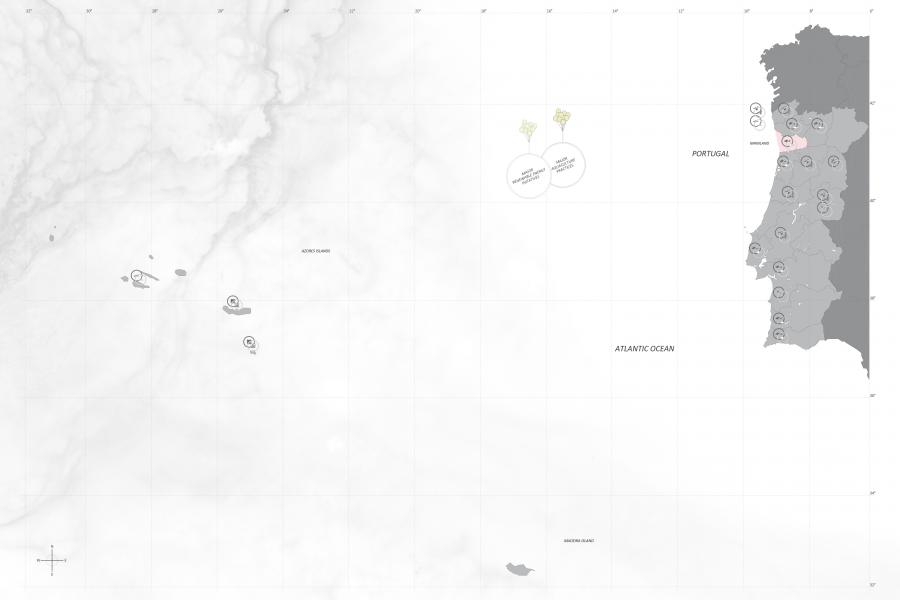
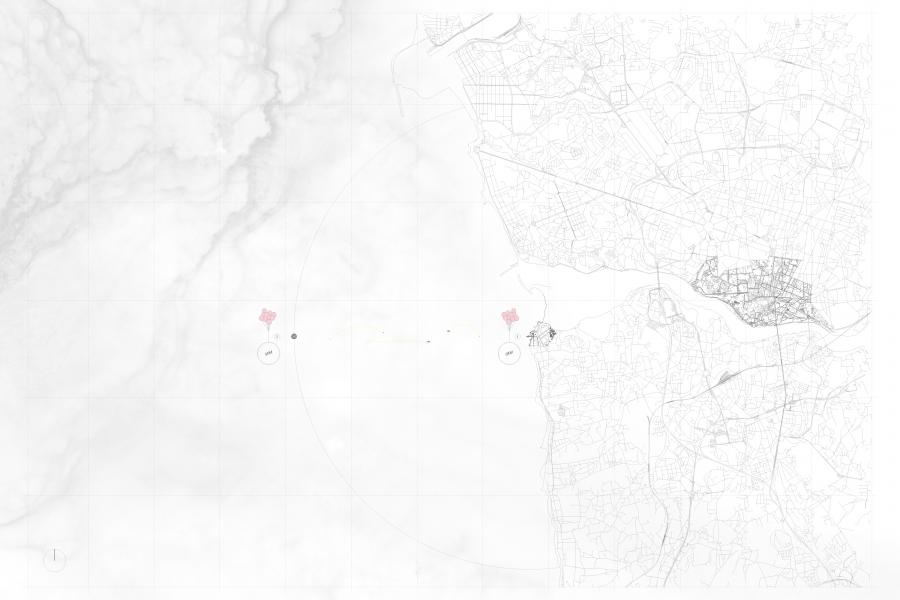
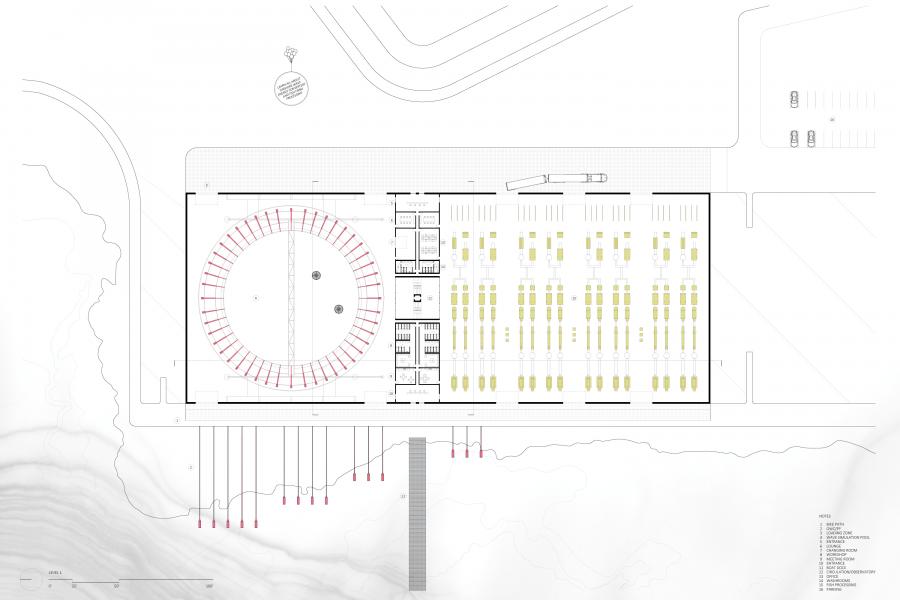

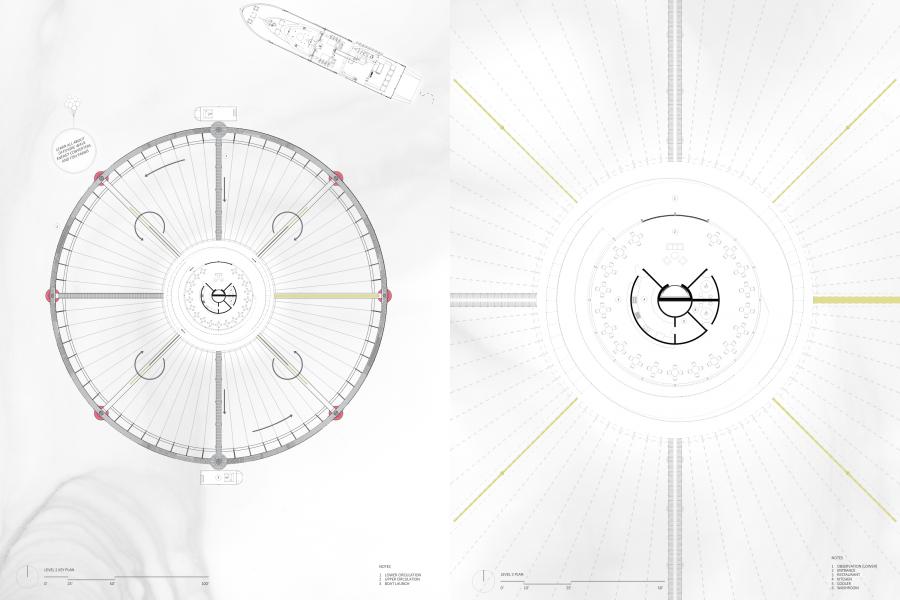
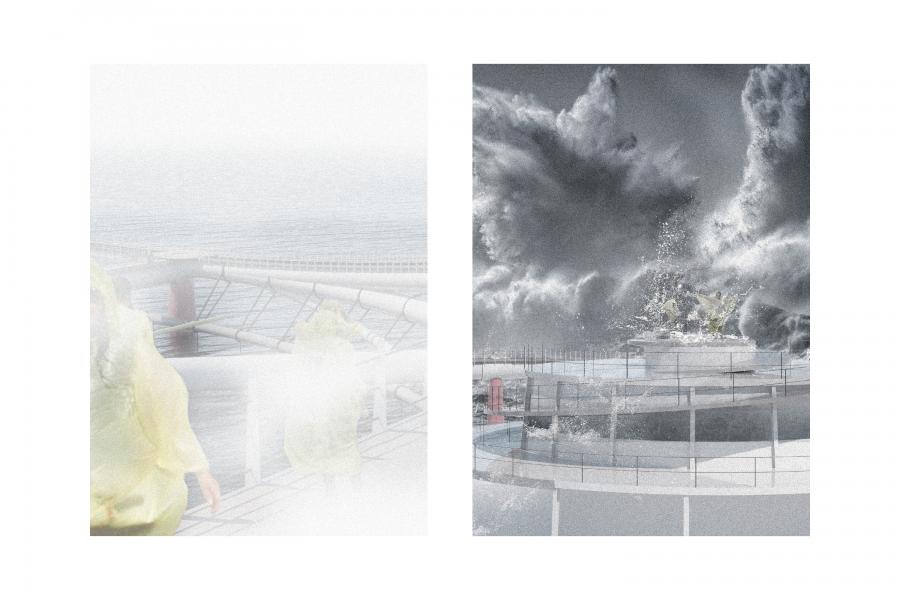
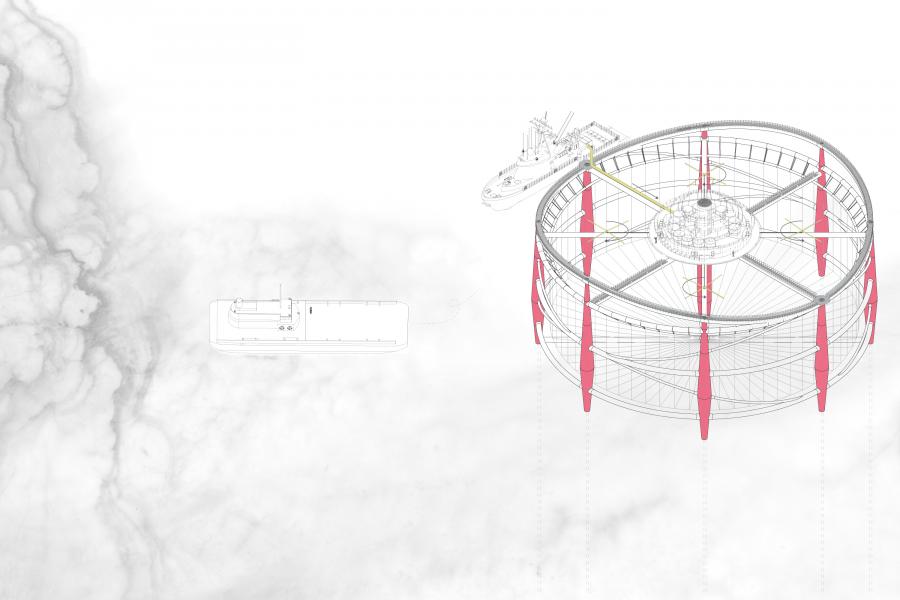
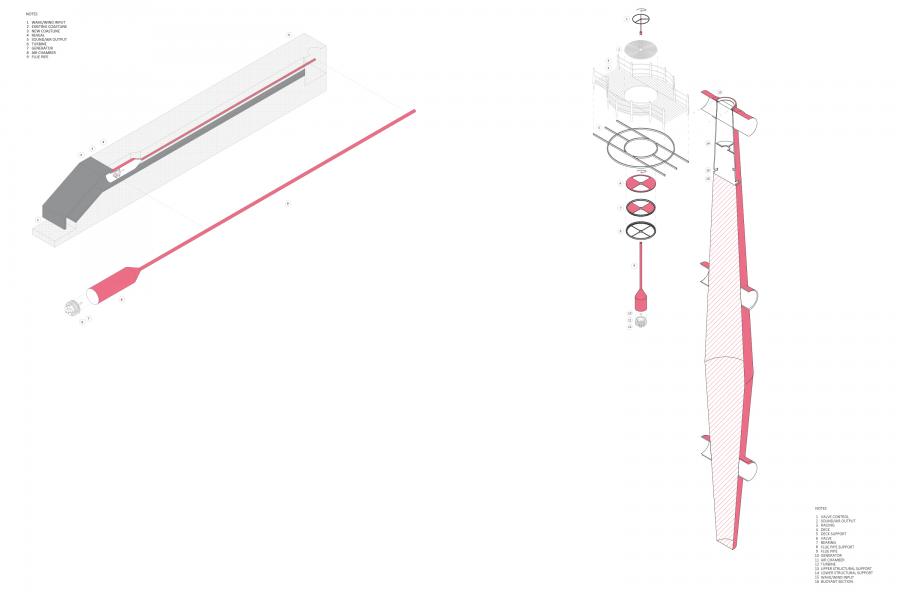
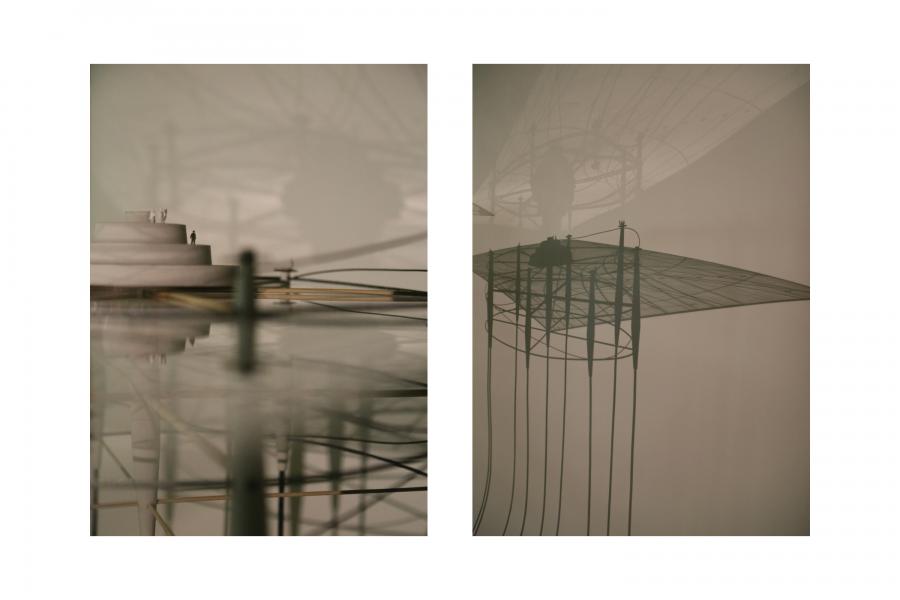
The Sublime and the Beautiful: The Presence of Renewable Energy in Architecture
There are a number of environmental initiatives that encourage the use of renewable energy and sustainability in our rural and urban built environments. In recent years, renewable energy harvesting has become more sophisticated and popular. There are many applications that are highly efficient, economic and sustainable but do not offer a spatial or experiential relationship between our natural and built environments. Architecture is perceived through our body and senses. Embodied experiences invite the act of remembering and embodied memories strengthen our awareness of space and place1. Through such embodiment, matter, energy and time unify as a singular dimension and exist in our consciousness2. We identify ourselves and our existence with this dimension related to architectural space and experience3.
This design thesis attempts to better understand the qualitative aspects of renewable energy harvesting in relation to our natural and built environments. The work explores relationships between energy, sound, functionality and sustainability through architectural space and experience. This design thesis began with a series of spatial and material explorations that helped guide the design process of a theoretical system called an Oscillating Water Column / Flue Pipe (OWC/FP) which simultaneously produces useful energy and qualitative sound through the movement of waves and wind. In addition, this design thesis includes a proposed onshore Hydraulics Research Facility / Fish Production Facility located on the coast of Vila Nova de Gaia, Porto District, Portugal and a proposed offshore Hydraulics Research Facility / Fish Farm Facility located in the Atlantic Ocean.
1. Juhani Pallasmaa, The Eyes of the Skin: Architecture and the Senses. (United Kingdom: John Wiley & Sons Ltd, 2012), 76 - 77.
2. Pallasmaa, The Eyes of the Skin, 76 - 77.
3. Pallasmaa, The Eyes of the Skin, 76 - 77.
